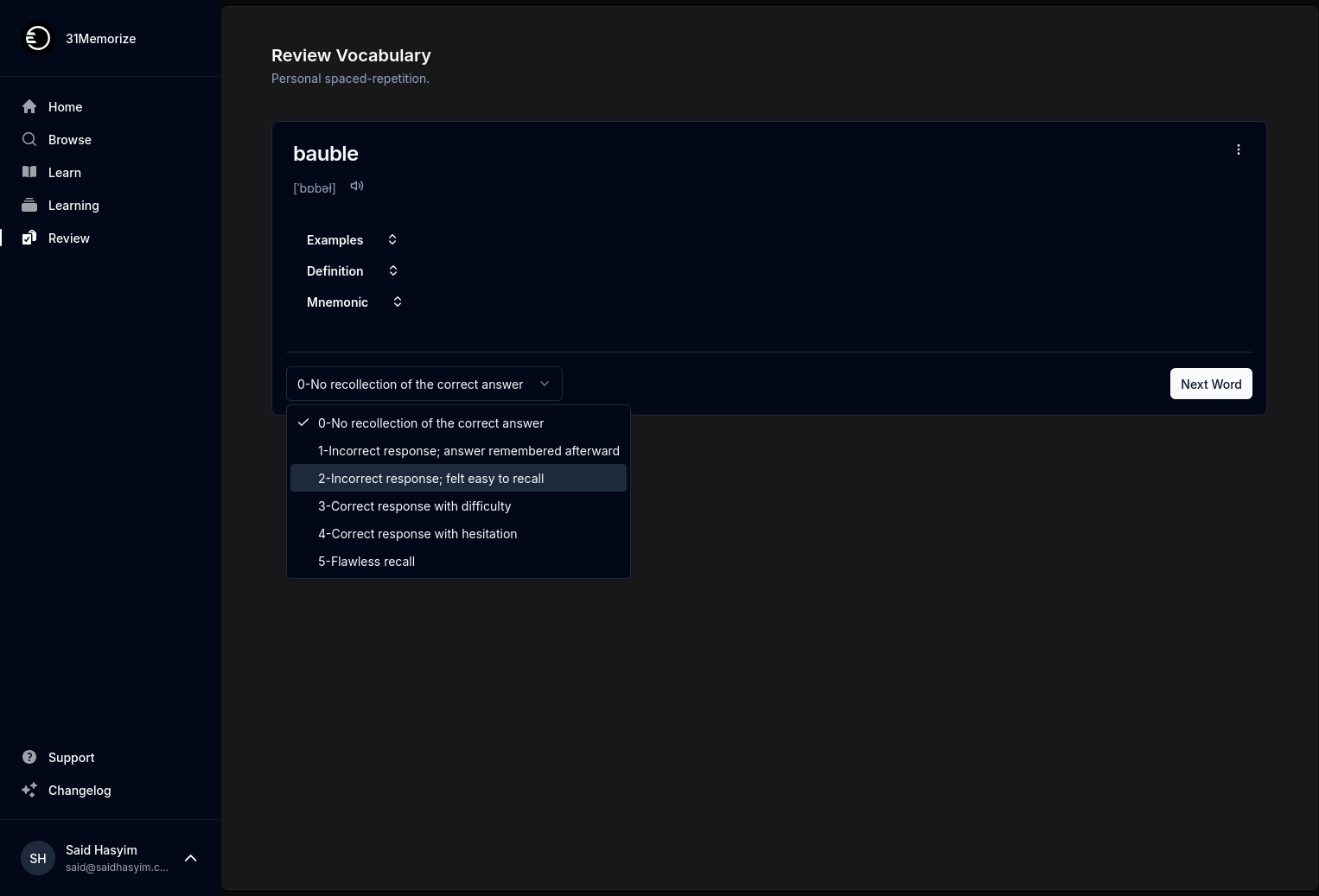Authors and Ratings: A Winning Combination
In the vast world of literature, where countless stories and voices vie for the attention of readers, two critical elements often stand out: authors and ratings. The synergy between the craft of writing and the influence of ratings creates a unique ecosystem that shapes the way readers discover, evaluate, and engage with books. In this blog post, we’ll explore the importance of authors and ratings, how they work together, and what impact they have on the literary landscape.
The Role of Authors
Authors are the creative forces behind the books we read. They pour their thoughts, emotions, experiences, and imagination into their work, weaving narratives that can entertain, educate, and inspire. Their styles, genres, and themes contribute significantly to our literary culture.
Crafting Unique Narratives
Every author has a distinctive voice, often shaped by their background, personal experiences, and writing style. This diversity enriches the literary world, as readers can find a multitude of genres—from gripping thrillers and heartfelt romances to thought-provoking non-fiction and fantastical journeys.
Personal Connection
Readers often feel a connection to authors who resonate with their experiences or worldview. This connection is vital; it creates a bond that encourages readers to revisit an author’s work or explore their entire bibliography. When readers love an author’s voice, they become advocates for that author, often sharing their enthusiasm with friends, family, and social networks.
Influencing Readers and Trends
Authors not only create stories but also shape trends. A successful book can inspire a wave of similar works, leading to the birth of new subgenres or even movements within literature. Some authors become trendsetters, pushing boundaries and encouraging others to think critically about societal norms and issues through their work.
The Impact of Ratings
As readers embark on their literary journeys, they often turn to ratings and reviews to inform their choices. Ratings provide insight into a book's quality, appeal, and reader satisfaction—serving as a compass in a sea of options.
Understanding the Rating System
Books are typically rated on a scale, often using stars or numerical values. A high rating often signifies a book's excellence, while a lower rating may act as a warning sign. Aggregated ratings across platforms give readers a snapshot of a book's reception.
The Power of Peer Review
In this digital age, the voice of the reader has never been more potent. Peer reviews and ratings enable book enthusiasts to express their opinions about what they’ve read. These evaluations, whether enthusiastic or critical, create a rich tapestry of insights and recommendations that can guide potential readers.
Decision-Making for Readers
The modern reader has access to vast quantities of information, reviews, and ratings, which can significantly impact their purchasing decisions. A book with thousands of positive reviews is likely to attract more attention than one without. This, in turn, affects the visibility of authors, especially emerging ones.
The Interaction Between Authors and Ratings
The interplay between authors and ratings is a dynamic relationship that influences both parties.
Feedback Loop
Ratings act as feedback for authors, offering insight into how their work is received. Constructive criticism can guide future writing projects, allowing authors to grow and evolve their craft. Conversely, high ratings can validate an author’s approach, reinforcing their style and encouraging them to continue producing work that resonates.
Building Reputation
An author’s reputation is inextricably linked to their ratings. Readers are more likely to pick up a book from an author with a solid track record of high ratings. This reputational impact extends beyond individual books and can affect entire careers. New authors often find it challenging to break through without initial ratings to elevate their visibility.
Engaging with Readers
Authors who engage with their readers and take time to respond to feedback, whether positive or negative, can create a loyal fan base. This interaction not only fosters community but also encourages readers to invest emotionally in the author’s work, enhancing the likelihood of continued ratings and reviews.
Challenges and Considerations
While ratings can be a powerful tool for authors and readers, there are challenges within this ecosystem that can complicate the landscape.
Subjectivity of Ratings
Books are inherently subjective; what one reader loves, another might disdain. This subjectivity can lead to polarized ratings that may not reflect a book’s overall quality. Authors may be disheartened by low ratings that stem from personal taste rather than a fair assessment of their work.
The Influence of Algorithms
In the digital marketplace, algorithms play a significant role in how books are categorized, promoted, and discovered. These algorithms often prioritize highly rated books, which can obscure the visibility of lesser-known authors or newly released titles. This can create an imbalance in the literary scene, making it difficult for fresh voices to gain traction.
The Trap of Rating Inflation
In a world where ratings dominate, authors may inadvertently feel pressured to conform to trends or reader expectations, potentially sacrificing their unique voice for commercial success. This phenomenon, known as rating inflation, can create a homogenized literary landscape where true creativity is stifled.
Conclusion
The relationship between authors and ratings is a complex but vital aspect of the literary world that influences how stories are shared and celebrated. While authors drive innovation and creativity, ratings provide a powerful mechanism for readers to voice their opinions and guide others in their reading journeys.
Ultimately, an author’s passion for storytelling combined with community engagement through ratings can create a thriving literary ecosystem where both new and established voices find the recognition and audience they deserve. By valuing both the craft of writing and the feedback from readers, we can foster a rich and diverse world of literature that continues to inspire, challenge, and entertain for generations to come.
Happy reading!
